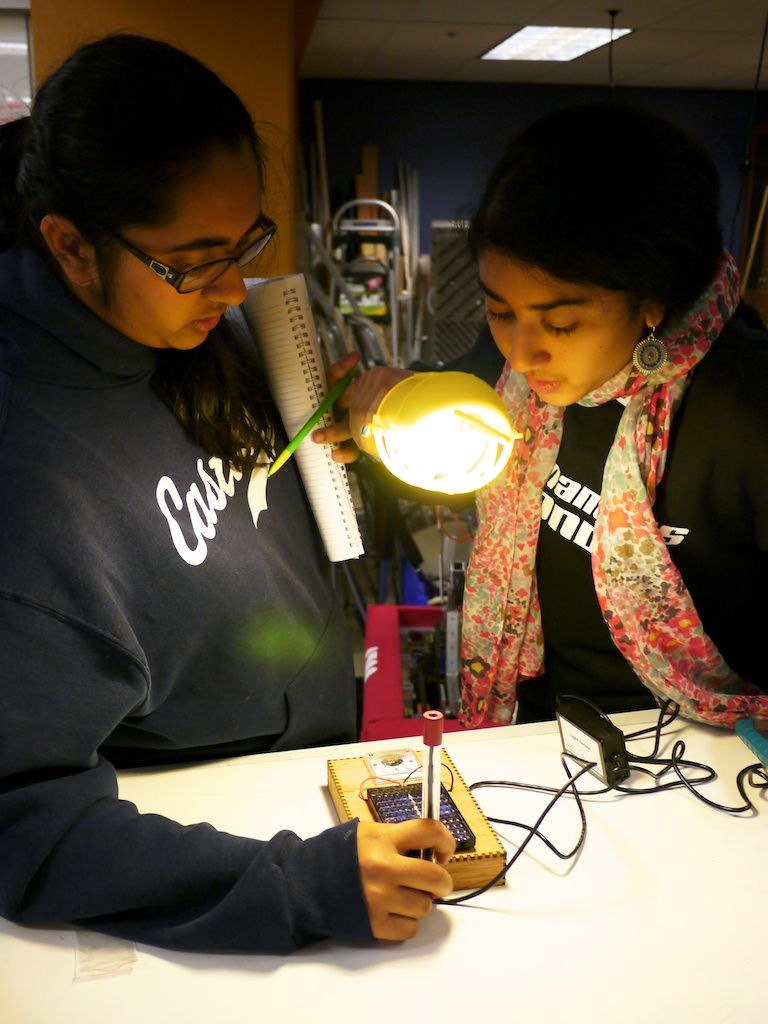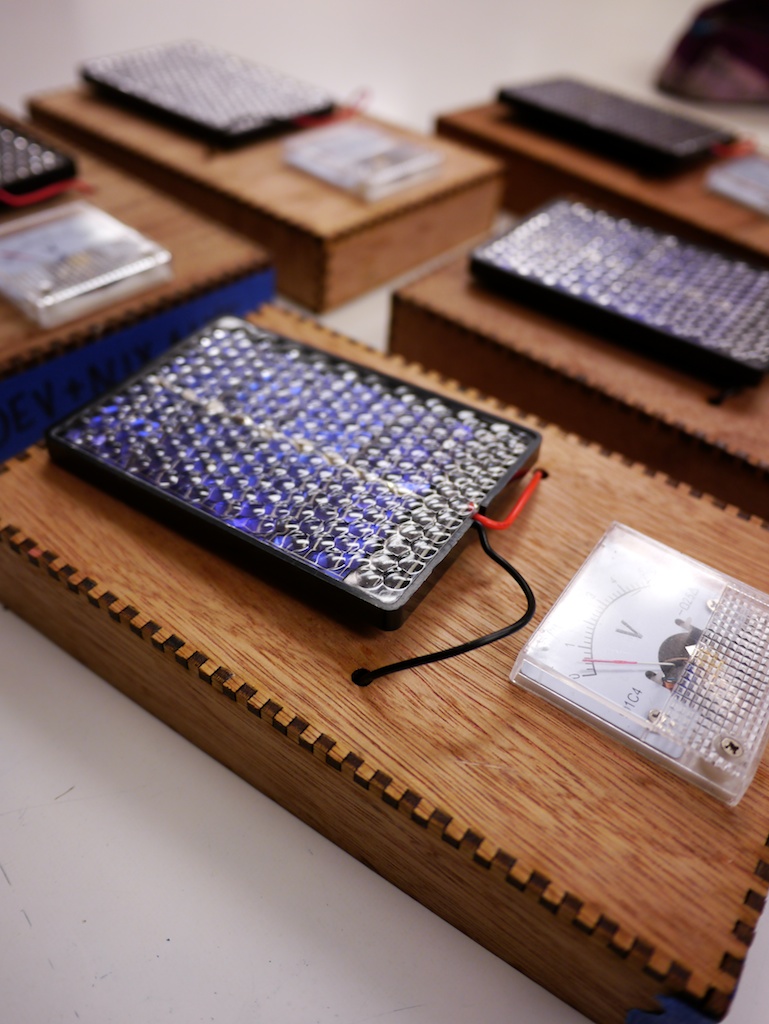Back in September, a few of us teachers from Castilleja went to the Stanford d.school to attend a public "crash course" on design thinking. When we arrived, we were shown to this large conference room filled with people from all walks of life. Eventually, the lead facilitator came in, gave us some brief instructions (but not much since the whole point of the afternoon was "learning by doing"), and we immediately got to work. Strangers were paired together and then in groups of four, we filed into a large room with movable partitions, writable surfaces and Post-it notes everywhere, and lots more facilitators waiting for us. For the next 1.5 hours, we immersed ourselves in a quick-paced, energetic, intense design exercise to reimagine the gift-giving experience. It was fun, exhausting, messy, inspiring, and chaotic, all at the same time.
The exercise made such an impression on me that a month later, when I was asked to host a faculty learning exchange workshop, I immediately thought of doing a similar activity. Instead of redesigning the gift-giving experience though, I used the wallet variation, because it would give people a more practical thing to design and prototype. Anyway, what's being designed isn't particularly important. What I cared most about is keeping the quick-paced, high-energy aspect of the exercise because it shows that yes, design can be messy, chaotic, and confusing... but that there are ways to work within this space to really understand what the needs are and then generate creative solutions to fulfill those needs.
I was glad that most of the teachers who came to the October workshop enjoyed the experience. What I didn't expect was that Ann Greyson, our computer science instructor, actually enjoyed the exercise so much that she asked to bring her entire CS class down to the lab to do the same activity! It turns out that as part of the unit on designing user interfaces, she wanted her students to really think about understanding the needs of a user and how to fulfill those needs... hey, that sounds familiar!
So this afternoon, a class of juniors and seniors gathered in the Bourn Lab, divided into pairs, grabbed Sharpies, and designed wallets for each other in a short 50-min period. Check out the photos of some of the prototypes, including one for a wallet that will come flying back to the owner when lost!

